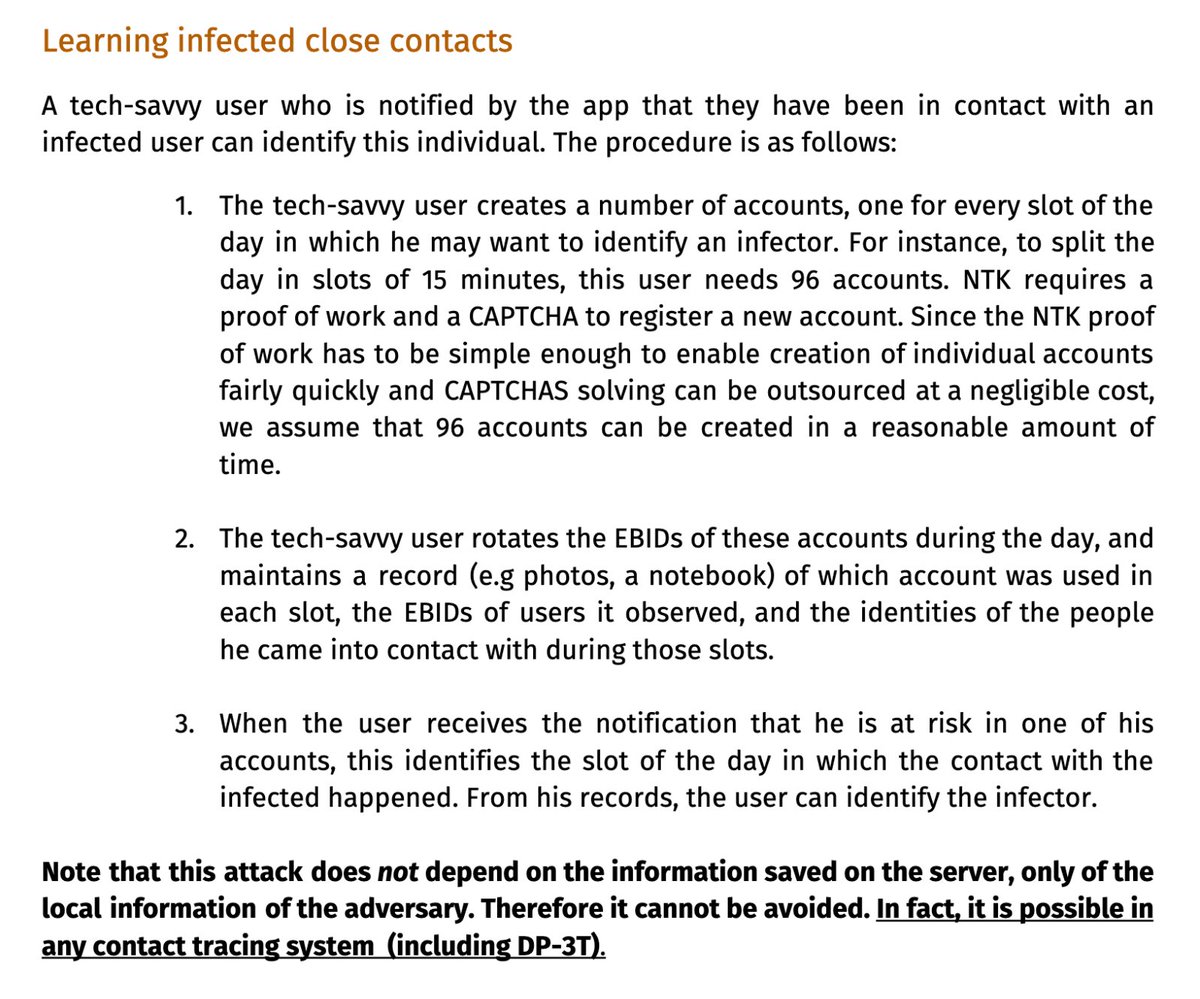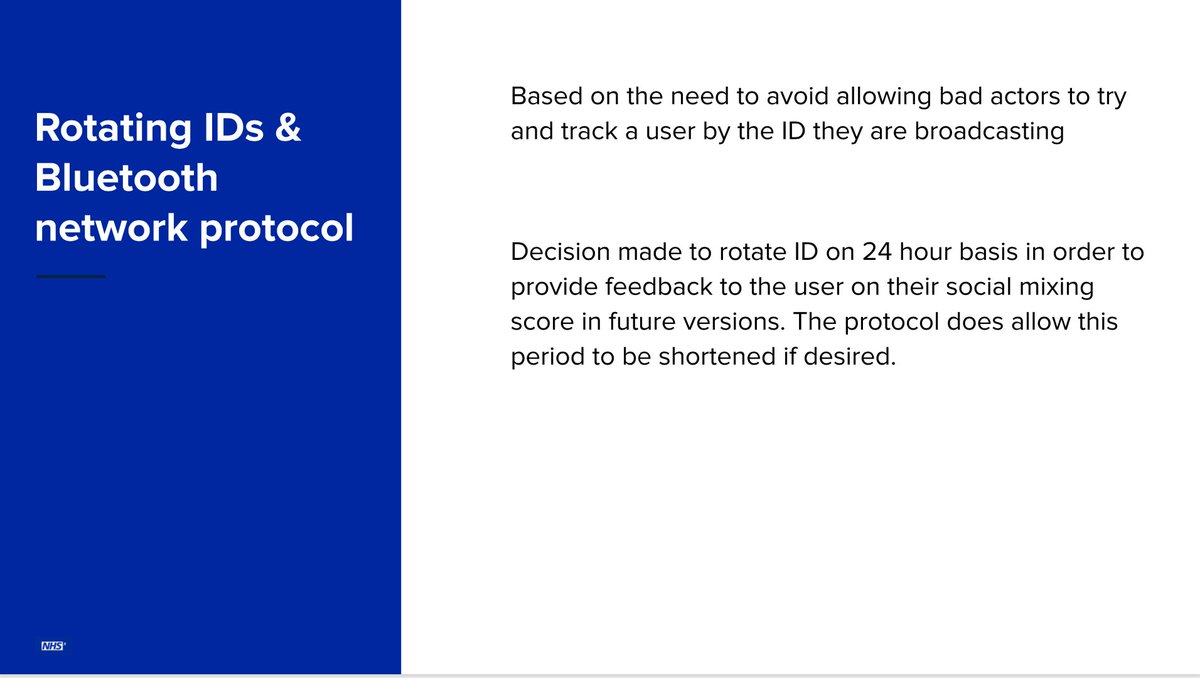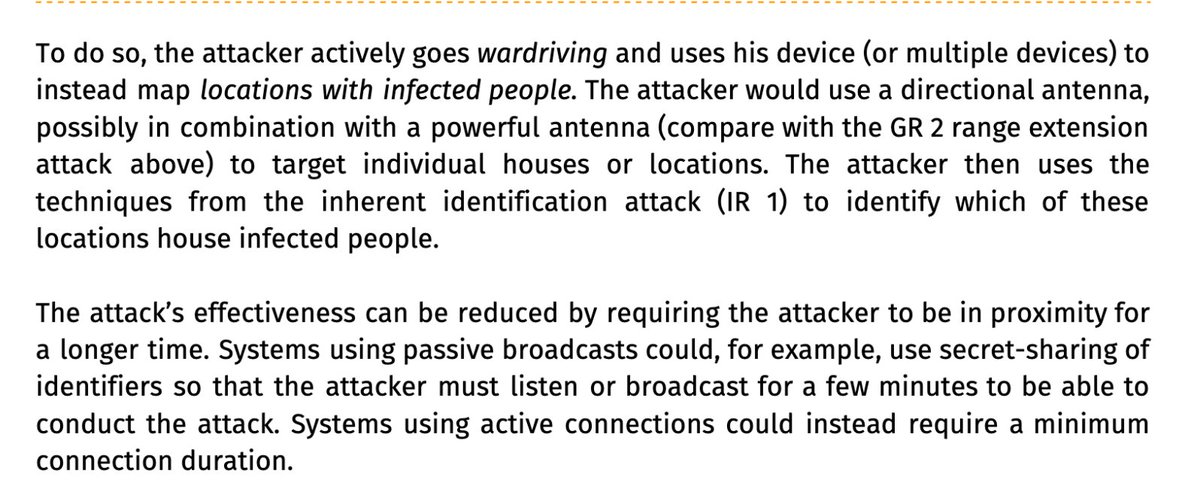


The amended version of the DPIA which unredacts it is here: faq.covid19.nhs.uk/DPIA%20COVID-1…
My analysis of the DPIA is here: doi.org/10.31228/osf.i…



Keep Current with Michael Veale
This Thread may be Removed Anytime!
Twitter may remove this content at anytime, convert it as a PDF, save and print for later use!

1) Follow Thread Reader App on Twitter so you can easily mention us!
2) Go to a Twitter thread (series of Tweets by the same owner) and mention us with a keyword "unroll"
@threadreaderapp unroll
You can practice here first or read more on our help page!